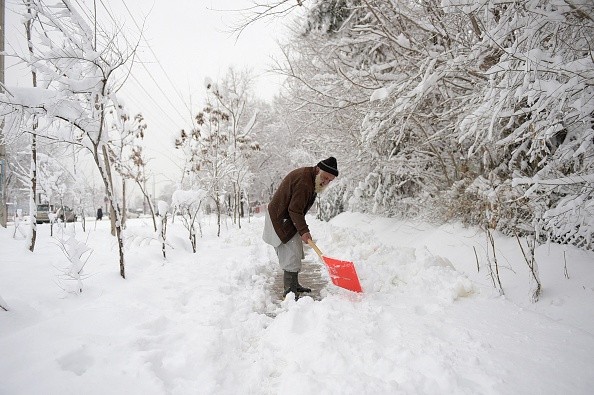The latest report said that Afghanistan suffered from freezing conditions that resulted in 78 deaths and the tragic death of about 77,000 livestock, making it more difficult for the people to recover amidst the issue of famine in the country.
It would be not easy for people in Afghanistan to deal with the weather because of the frigid conditions, affecting their local crops and livestock. The country suffered from hunger after financial aid supplies declined.
The freezing and cold weather also requires heating systems, which could be expensive for many people living under the poverty line.
Freezing conditions

According to CNN's latest report, the weather in Afghanistan has been challenging as colder air gripped the nation. Taliban's Ministry of Disaster Management's spokesperson, Shafiullah Rahimi, said to CNN World that 78 people were reported casualties of frigid weather.
The death of livestock could be problematic for many families that depend on food supplies. Famine has been occurring in the nation due to dwindling assistance from foreign aid, making it more difficult due to the weather conditions.
It is expected it would be harder for local farmers as snow could freeze the water supply and irrigation.
Unlike other countries with equipment, Afghanistan is on the list of poorest countries. The impact of climate change and global warming would also be worst, from monitoring and disaster-preparedness response.
The weather conditions have also worsened as many Afghan families are in conflict zone and fear. Without access to winter clothes and heating systems, many could suffer from hypothermia, frostbite, or death.
Drought conditions
Other than freezing conditions, climate change played a significant role in Afghanistan, bringing prolonged drought to the country. As mentioned, the main food source is local crops. Famine has been one of the major problems now there.
According to the Bloomberg report last year, the hunger crisis in Afghanistan has been worrying and concerning. The prices of goods and wheat have soared due to a lack of food supply and humanitarian assistance.
The drought in the region would impact the food supply and the farmers' revenue. The severe weather conditions and climate have exacerbated the problems of many families, facing economic and political stresses.
The Bloomberg report explained that the La Nina helped bring cooler to frigid conditions to the region. The snow could also prolong the drought, resulting in food scarcity in the city.
The report said that the supply of wheat is one of the primary sources of food and livelihood for many Afghans. However, the prolonged drought had threatened the supply of food.
In the latest Tweet, the United Nations Office for the Coordination of Humanitarian Affairs (UNOCHA) explained that winter support to affected families was provided, but it would be challenging for humanitarian efforts due to the latest ban on female social aid workers in Afghanistan.
The report also said that the threat to livestock could put into risk 21 million Afghans that depend on agricultural supplies for food.
Read also: Nature News
© 2025 NatureWorldNews.com All rights reserved. Do not reproduce without permission.





